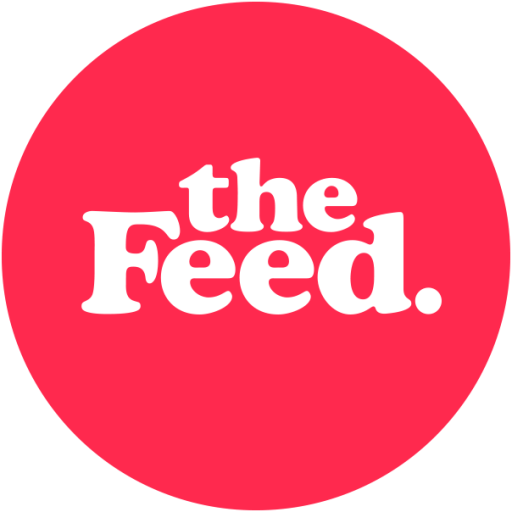New Zealand’s vast dairy infrastructure could be converted to create fermented proteins for millions more people, reckons a leader in the alternative protein space.
Toby Lane, CEO of alt protein start-up New Fish, says New Zealand’s leadership in dairy science, along with its tons of stainless steel infrastructure, could help make the country a global leader in protein fermentation.
“Fermentation could be a massive opportunity for Aotearoa,” he told the Festival for the Future conference in Wellington yesterday. “Nobody has mastered [fermentation]. New Zealand has some of the world’s best expertise in the science of food – off the back of dairy. Our opportunity now is to stop using it exclusively for milk and start using it on other things.”
Those ‘other things’ could be microalgae protein, which New Fish is pioneering in partnership with the Nelson-based Cawthron Institute. The company was a finalist in three categories at the 2021 New Zealand Food Awards with its world-first Pāua Saucisson—a fermented Blackfoot Pāua (abalone) and Kurobuta Pork salami.
Global mouths, local land
Lane says the world is at a food production crossroads. On the one hand, the global population is still growing, expected to reach its peak by 2050. “That’s hundreds of millions more mouths to feed. The current food system can’t handle that, especially if we are to stay within planetary boundaries. But if we can’t feed these people then we’re effectively saying who do we line up to kill?”
On the other hand, thanks to advances in protein science – such as plant-based, fermented and cultured meats – food production could exponentially increase without bursting through resource boundaries.
“New Zealand could produce the same amount of food as we do now with 500 times less land and a dramatic drop in water use. It’s like having a dairy factory without a farm. What I say to investors is ‘leave the land to do its own thing. We can get out of the way of the land and simply focus on the food’. This new technology gives New Zealand choice and power.
“I keep hearing that New Zealand produces enough food 40 million people. How do we make it 400 million? What can that kind of abundance do for us? Most of what we’ve created in food is in land value. Now let’s do this without land. We want to do this in closed tanks.”

Pāua Saucisson—a fermented Blackfoot Pāua (abalone) and Kurobuta Pork salami
Selling IP not powder
Lane is no stranger to the dairy sector. Originally trained in biochemistry, he managed Fonterra’s global relationships with Yum! and McDonald’s. He also led the Fonterra JV, Columbia River Technologies, working closely with Tillamook County Creamery and Threemile Canyon Farms to produce high-quality whey protein products for the US ingredients market. He returned to join New Fish in January.
“Dairy protein separation was pioneered here. The rest of the world is using that technology for separating protein from pea and soy and other things. And we’re doing that now for concentrating and refining microalgae protein.
“My point is that Kiwi capability is beyond dairy. New Zealand has the skill set, the history, the infrastructure to do this. Whey is a great example. You got to tweak the nobs a bit but the core capability is here.”
Lane imagines a day when New Zealand could export IP, rather than protein itself. “I’d like to see 90% of New Zealand’s export value come from IP. Some of our great success stories are about IP. Zespri is successful because it has licensed cultivars, built a distribution network and a brand. We grow kiwifruit here but that’s not the core of Zespri’s proposition – it’s about enabling a continuous supply chain of high-quality fruit. So there’s precedent for IP as a food export.



